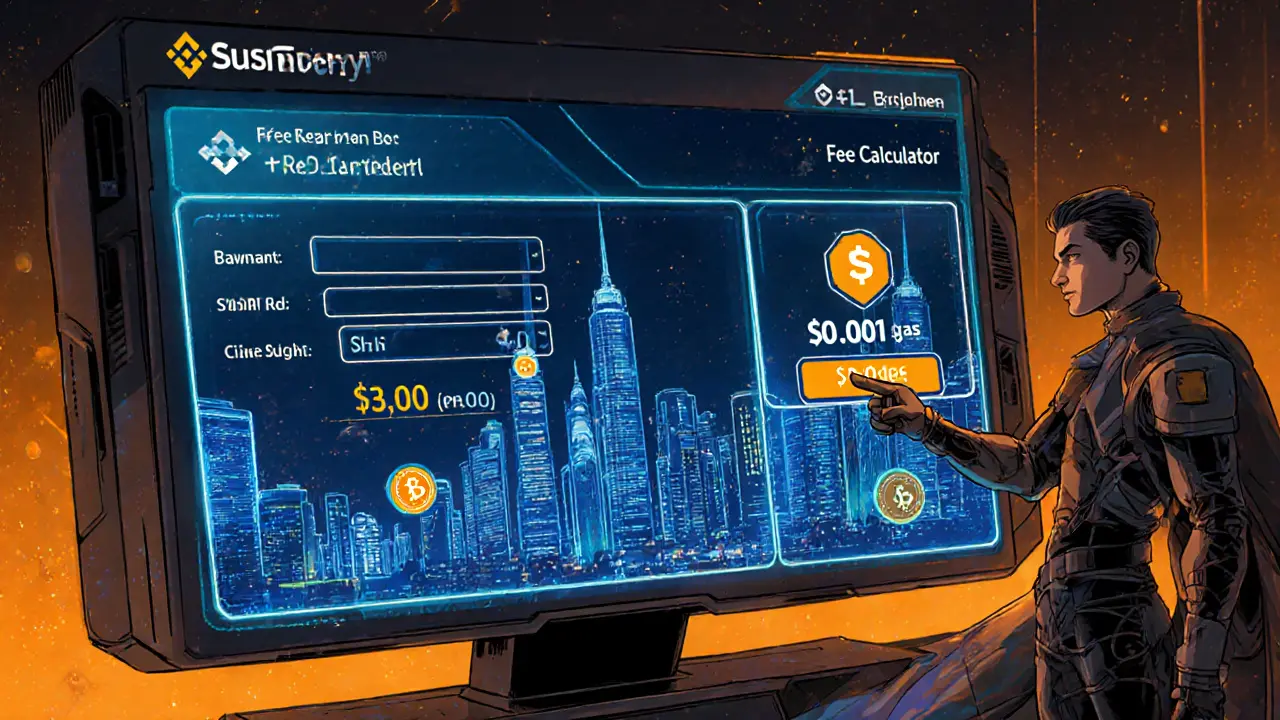SushiSwap BSC Review: Fees, Liquidity & Yield Farming Explained
A detailed SushiSwap BSC review covering fees, liquidity depth, yield farming, governance, security, and a step‑by‑step guide for new users.
Continue ReadingWhen working with SushiSwap liquidity, the pool of assets that traders provide to the SushiSwap decentralized exchange, you’re dealing with an Automated Market Maker (AMM), a smart‑contract system that replaces traditional order books. Another key measure is Total Value Locked (TVL), the dollar value of all tokens locked in SushiSwap’s liquidity pools, which signals how much capital is supporting trades. Finally, DeFi liquidity pools, groups of tokens that earn fees for providers form the backbone of this ecosystem.
Understanding SushiSwap liquidity helps you gauge earnings and risks. Each pool pairs two tokens, and the AMM algorithm constantly re‑prices them based on the pool’s size. The larger the TVL, the lower the price impact for big traders, which in turn attracts more capital – a classic feedback loop. Liquidity providers (LPs) lock their assets, earn a slice of the transaction fees, and often receive SUSHI rewards for staking their LP tokens.
Yield farming on SushiSwap builds on the basic LP model. By staking LP tokens in Farms, users can claim extra SUSHI or partner tokens, turning simple fee income into layered incentives. However, farming also introduces impermanent loss, a hidden cost that appears when the relative price of the paired assets shifts. Keeping an eye on TVL trends can hint at market sentiment and potential loss exposure.
Risk management starts with the AMM’s constant‑product formula (x * y = k). This rule ensures that the product of the two token reserves stays constant, automatically balancing supply and demand. When you add liquidity, you move the curve outward, increasing k and allowing larger trades with less slippage. Conversely, withdrawing liquidity shrinks k, making the pool more sensitive to price swings.
Recent DeFi developments have pushed for verifiable TVL (vTVL). Traditional TVL counts tokens at face value, which can be inflated by wrapped or synthetic assets. vTVL adds on‑chain proof that the underlying assets are genuinely locked, providing a cleaner signal for investors. SushiSwap’s dashboards now show both raw TVL and vTVL, letting LPs compare the true depth of capital.
Cross‑chain bridges extend SushiSwap’s reach beyond Ethereum. With deployments on Polygon, Arbitrum, and BNB Smart Chain, the same AMM logic runs on cheaper, faster networks. Each bridge brings its own TVL dynamics – a surge on Polygon often reflects lower gas fees, while BSC activity can hint at different user demographics. Tracking liquidity across chains gives a fuller picture of SushiSwap’s overall health.
Community governance also shapes liquidity. SUSHI holders vote on fee structures, new farm launches, and even the allocation of treasury funds. When the community votes to increase swap fees for a specific pool, that pool’s TVL may rise as LPs chase higher returns, illustrating how governance directly influences liquidity metrics.
For traders, depth matters. High TVL means larger order books, which translates to lower slippage for big swaps. Low TVL pools can still be useful for niche assets, but traders should expect higher price impact. By scanning SushiSwap’s pool list, you can spot where TVL spikes align with upcoming token launches or market events.
Finally, data tools like DeFi Pulse, Dune Analytics, and SushiSwap’s own analytics page let you monitor real‑time TVL, fee revenue, and LP token performance. Pairing these dashboards with on‑chain explorers helps you verify vTVL and detect anomalies early – a smart habit for anyone serious about managing liquidity.
Below you’ll find a curated set of articles that dive deeper into TVL trends, AMM mechanics, cross‑chain liquidity, and practical strategies for earning on SushiSwap. Whether you’re just starting out or looking to fine‑tune your farm, the collection offers actionable insights you can apply right away.

A detailed SushiSwap BSC review covering fees, liquidity depth, yield farming, governance, security, and a step‑by‑step guide for new users.
Continue Reading